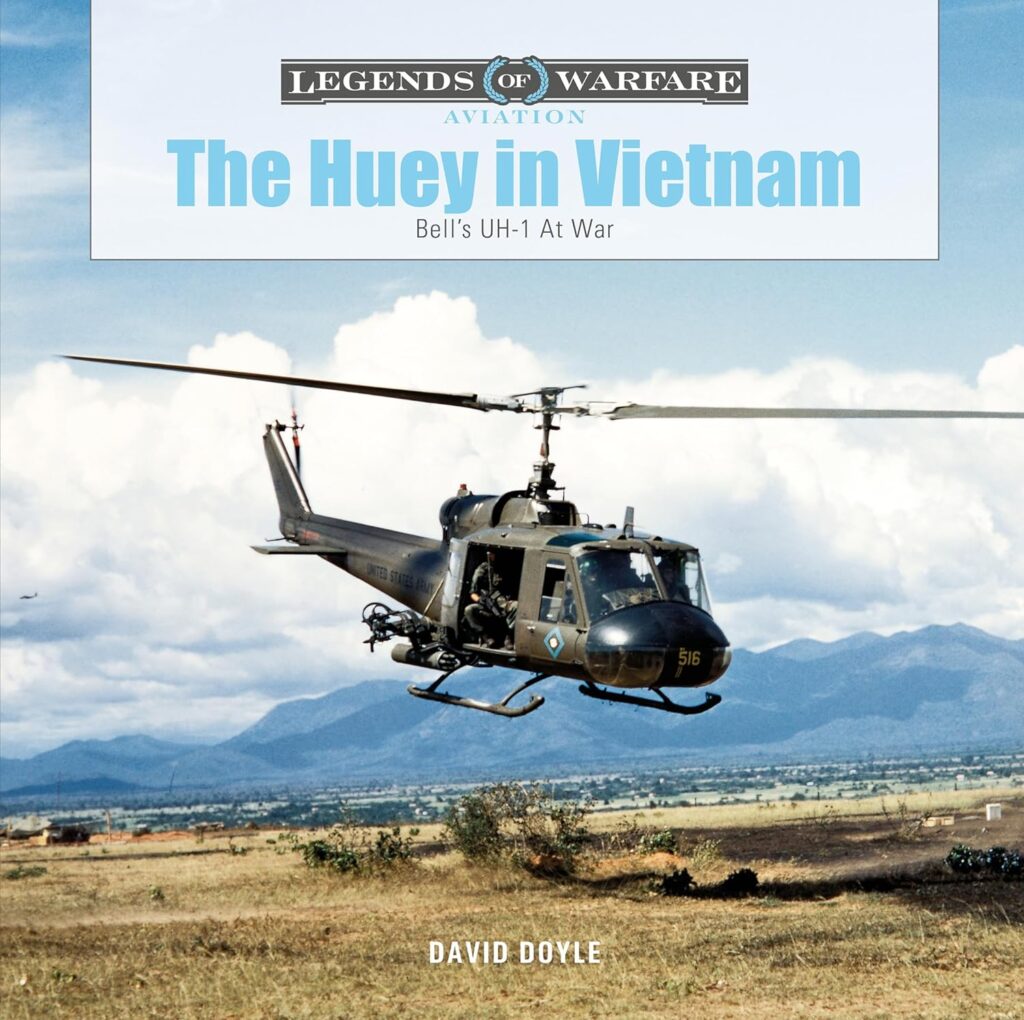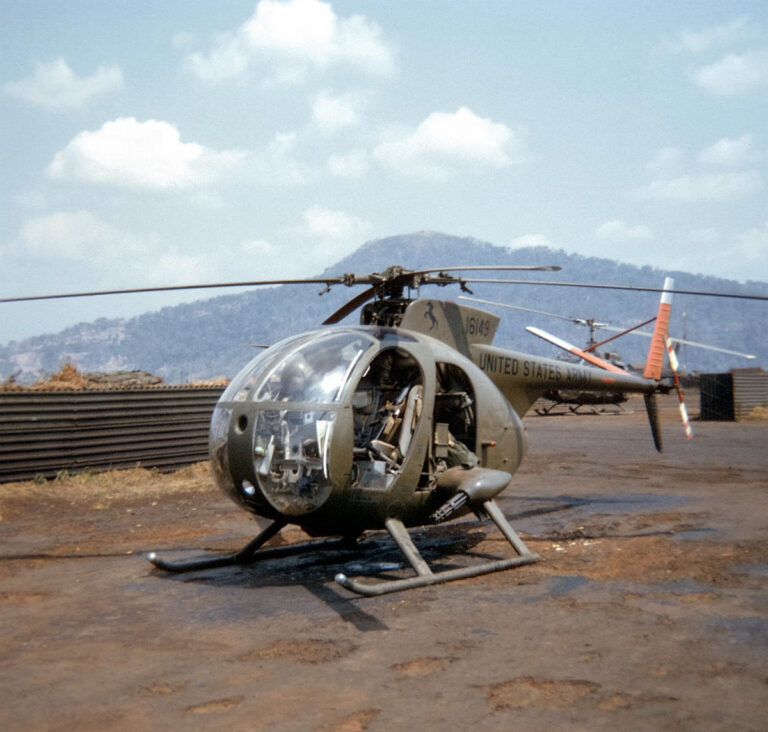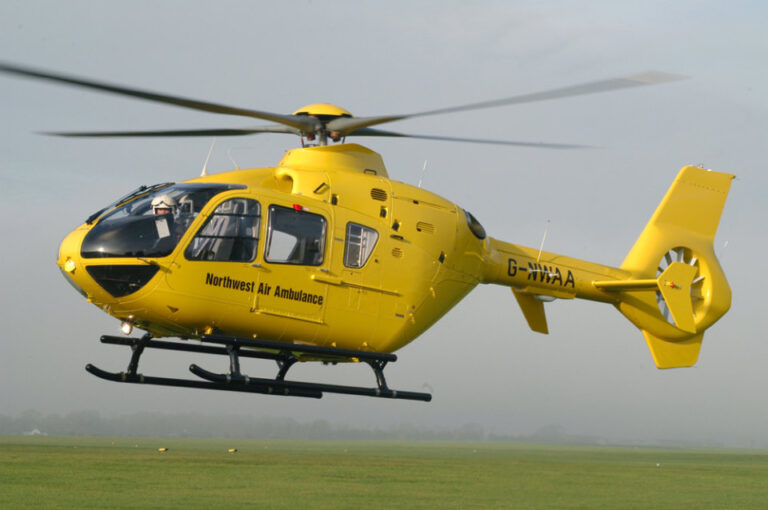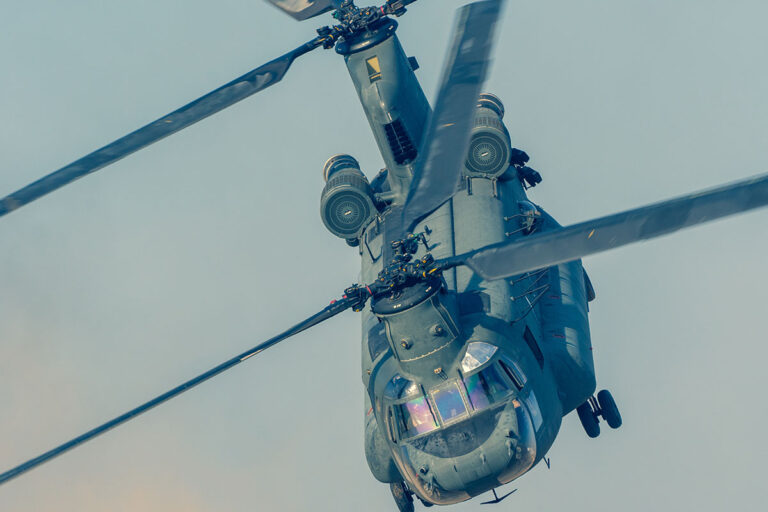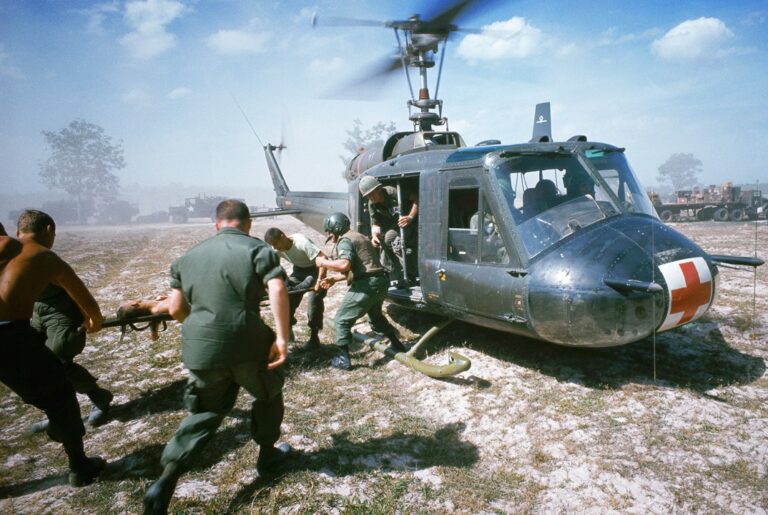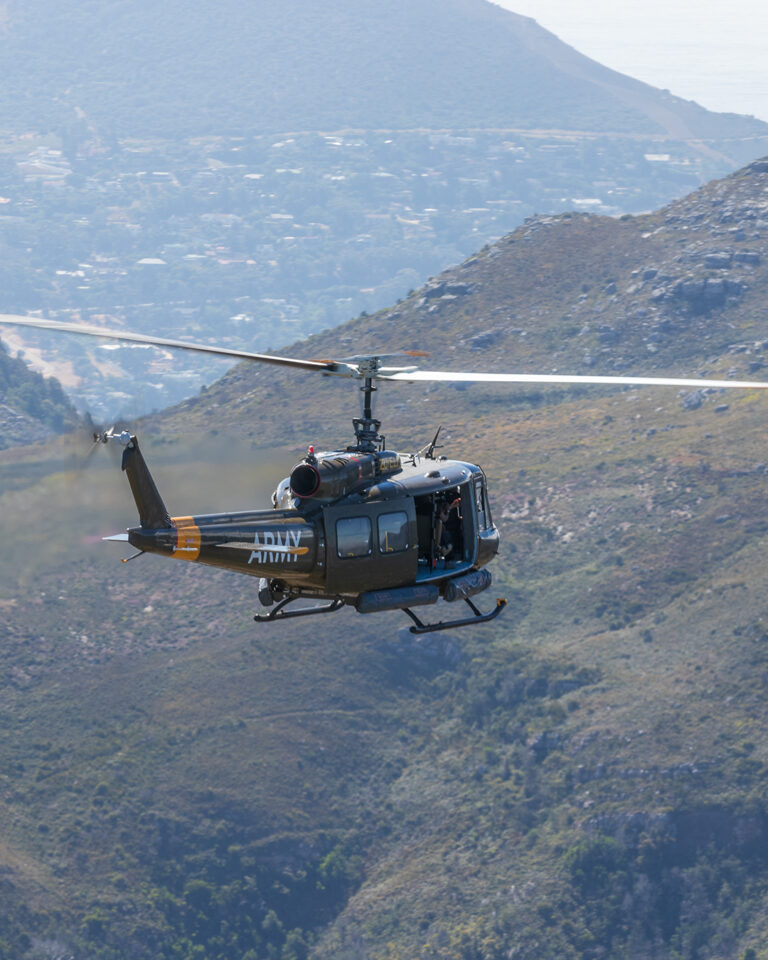The Huey Helicopter’s Role in the Final Chapters of Vietnam
The late 1960s marked a crucial turning point in the Vietnam War. As the US government-initiated plans to reduce its military presence in 1969, the Bell UH-1 “Huey” emerged as a vital player in the transition strategy.
Drawdown and Transition
By 1969, the US was signaling its intent to leave Vietnam. The South Vietnamese Air Force (SVAF) took the mantle of combat operations, aiming to deploy five hundred Hueys across sixteen squadrons. However, as US forces further receded and operations like 1970’s Operation Toan Thang 43 in Cambodia were greenlit, the clock ticked down for the Hueys’ role.
The Huey in Vietnam: Bell’s UH-1 at War
Few implements of war are as representative of the US presence in Vietnam as the Bell Huey UH-1-series helicopters. Whether serving in the role of troop transport for airborne assault, supply transports, aerial gunships, or medical evacuation, the Huey was seemingly everywhere. The versatile aircraft, officially the “Iroquois,” was affectionately known to all as the “Huey,” a name derived from its early model designation of HU-1A. The Huey, later re-designated UH-1, was a mainstay during America’s presence in Vietnam, and 11 Huey crewmen earned the Medal of Honor.
Retreat and Resource Gaps
By 1972, Navy and Marine Hueys had mostly exited the conflict. But the SVAF grappled with challenges, notably a lack of pilots and maintenance crews. Despite owning five hundred Hueys by 1972, only ninety-one were operational by 1973’s end. The Huey, although essential, was underutilized due to Saigon’s limited resources and technical constraints.
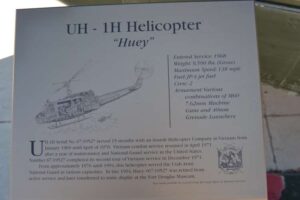
Diminishing US Support
Post the 1973 armistice, as American combat operations ceased in Cambodia, optimism surrounded South Vietnam’s chances of autonomy. However, waning US public and political support for the war meant diminished aid for Saigon. Crucial support, including up to date Hueys and other weaponry, was not forthcoming.
Saigon’s Fall
1975 heralded North Vietnam’s decisive offensive. Lacking US backing, Saigon was overwhelmed. April saw Operation Frequent Wind, where Hueys played a pivotal evacuation role, sometimes discarded at sea to allow others to land on packed US Navy ships.
Losses and Legacy
The US’s toll during the war included thousands of Huey helicopters. As Saigon’s evacuation unfolded, over one hundred planes, including Hueys, were transported to Guam, deciding their next steps. The war showed the helicopter’s transformative impact on modern warfare, a fact acknowledged even by the victorious North Vietnamese. They adopted captured Hueys, using them in their nation’s unification endeavors. Despite their earlier adversarial role, the Huey became a symbol of rebuilding and unity.



